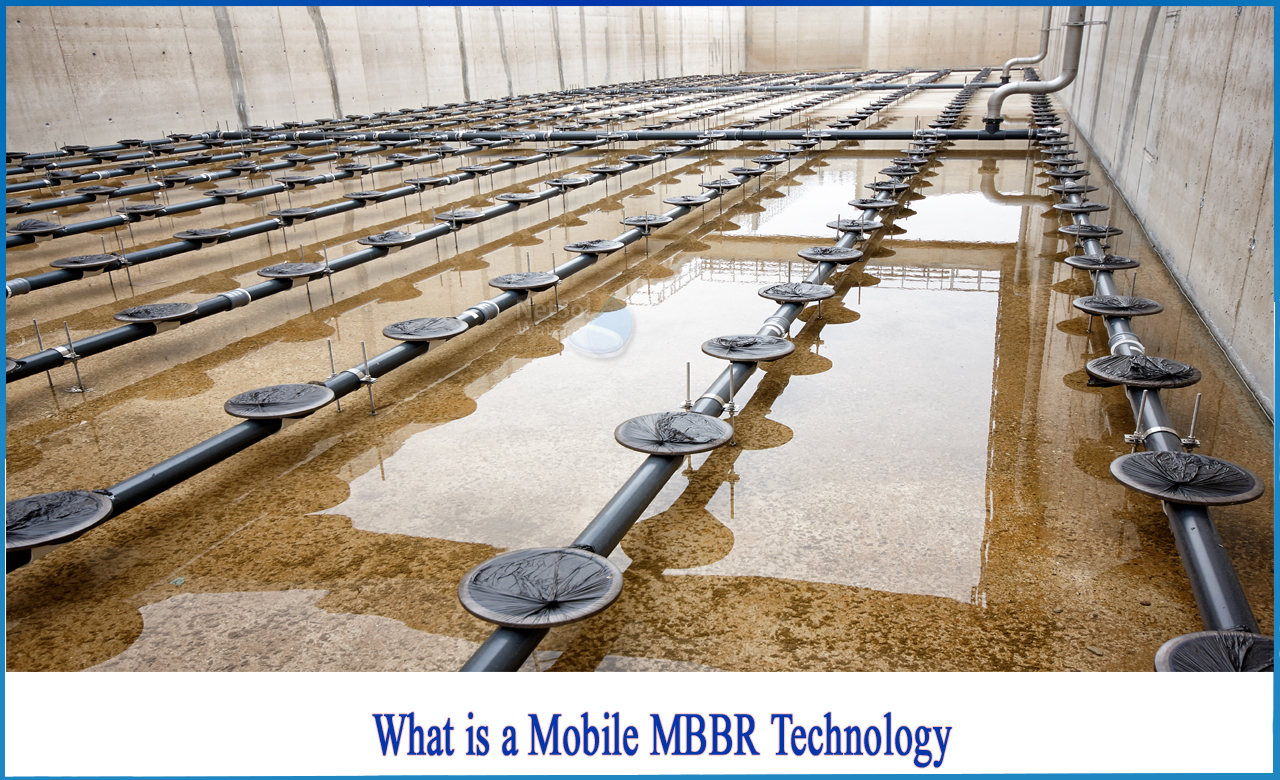Introduction
Wastewater from a wide range of businesses must be treated before it can be recycled or discharged into natural bodies of water. Finding economical and effective wastewater treatment process is a challenge for these sectors. The moving bed biofilm reactor (MBBR) is an innovative wastewater treatment process that should be considered by any organization in need of wastewater purification.
What is a mobile MBBR technology?
A mobile MBBR bioreactor is a continuous flow wastewater treatment technology that reduces soluble organics and nutrients in wastewater. Although MBBR can be used on its own, it is frequently used as part of a larger wastewater treatment plan. A moving bed biofilm reactor is a natural process that employs biofilm to remove pollutants from wastewater. Unwanted waste is consumed by microorganisms adhering to media in the water, leaving the water cleaner.
Capabilities of Mobile MBBR
Because of the numerous advantages it provides, mobile MBBR has become a popular method of wastewater treatment. This procedure removes organic compounds, as assessed by biochemical oxygen demand (BOD), and achieves nitrification and denitrification in a safe and environmentally friendly manner. This method creates the smallest biological system possible, one that can withstand both load swings and temporary load deprivation. This popular treatment technology has the following capabilities:
i) Effective decrease in the level of BOD;
ii) Ammonia nitrification and total nitrogen removal;
iii) Reduction of phosphorus;
iv) TSS is completely removed by a positive barrier;
v) Direct discharge is possible.
Working of Mobile MBBR
A reactor, or basin, is filled with water and thousands of little plastic pieces known as carriers or media in MBBR wastewater treatment. These fragments combine to form a biofilm, which acts as a waste removal system in the water. An aeration grid at the bottom of the reactor keeps the media active throughout the wastewater, allowing them to contact all of the waste in the water.
Microorganisms living on the media decompose the waste in the water as these pieces travel through the wastewater.
Depending on the exact demands, the system might be a one-stage or multi-stage system. Because the carriers are contained in only one tank and are covered by screens, the specific bacteria are kept in their own duty tank. The media is kept from escaping through the tank's outflow by a sieve.

Advantages of Mobile MBBR
For some facilities, biofilm reactors are the best option over traditional methods like membrane bioreactors or activated sludge because of these benefits. The systems are capable of producing high-quality effluent for water reuse applications from a wide range of municipal and industrial waste streams.
MBBR wastewater treatment system has numerous major advantages. Some of the advantages of this highly effective biological treatment process are:
-Units that are small and compact;
-There is increased capacity for treatment;
-There is complete elimination of solids;
- There are improvements in settling properties;
-There is higher suspended biomass operation;
-It has a long sludge retention duration due to high concentrations;
-The process stability is improved;
-The Head loss is minimal;
-There is no filter channeling;
-Backwashing is not required on a regular basis;
-There is reduced sludge production and no sludge bulking issues.
Contact Netsol Water to learn more about our biological treatment systems, other wastewater equipment’s, or to discuss your specific wastewater treatment requirements.
Call us on +91-9650608473;
Or, write us at enquiry@netsolwater.com



